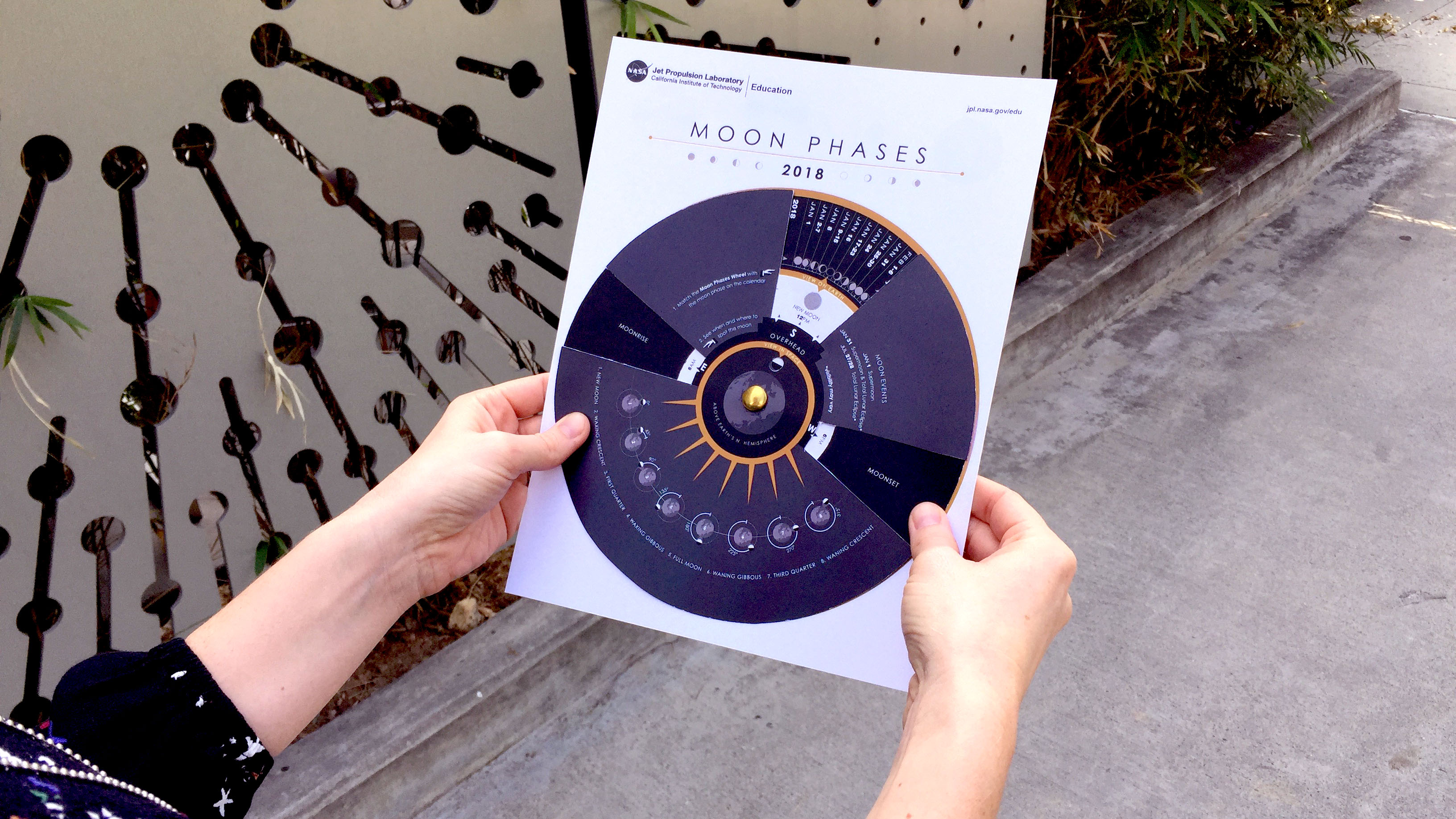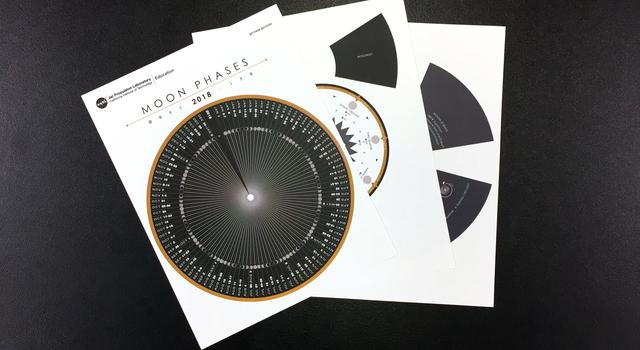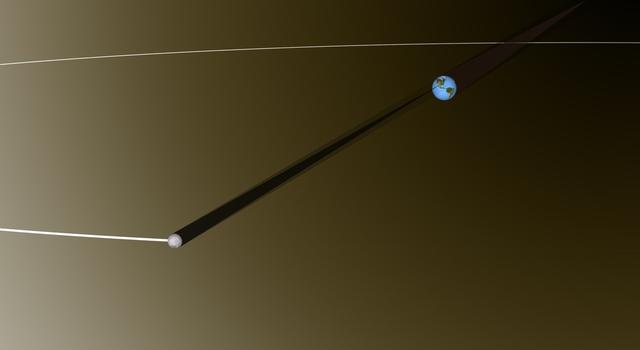| |||
My own interest in ED began some twenty years ago as a result of my involvement in foods industry. Contemporary pharmaceutics corrects the majority of nature's mistakes.
| |||
| http://healingsafemart.su |
Saturday, December 23, 2017
Super pilules of male power!
Posted by
Deep
at
5:49 PM
0
comments
![]()
Friday, December 22, 2017
CORRECTED: Arecibo Radar Returns with Asteroid Phaethon Images
|
NASA Jet Propulsion Laboratory
NASA's Jet Propulsion Laboratory
4800 Oak Grove Dr
Pasadena, CA 91109
Posted by
Deep
at
1:33 PM
0
comments
![]()
JPL News - Day in Review
|
NASA Jet Propulsion Laboratory
NASA's Jet Propulsion Laboratory
4800 Oak Grove Dr
Pasadena, CA 91109
Posted by
Deep
at
8:15 AM
0
comments
![]()
Thursday, December 21, 2017
JPL News - Day in Review
|
NASA Jet Propulsion Laboratory
NASA's Jet Propulsion Laboratory
4800 Oak Grove Dr
Pasadena, CA 91109
Posted by
Deep
at
4:36 PM
0
comments
![]()
2018 Moon Phases Calendar from NASA/JPL Edu
|
NASA/JPL Edu
NASA's Jet Propulsion Laboratory
4800 Oak Grove Dr
Pasadena, CA 91109
Posted by
Deep
at
12:09 PM
0
comments
![]()
Wednesday, December 20, 2017
Online Job ( $2,600 ) Book Translator Req : English - Chinese / Spanish / Russian / Arabic / Japanese / Malay / Hebrew
LINGGOWORLD is looking for :
ONLINE FREELANCE TRANSLATOR
( CHINESE / MALAY / ENGLISH / THAI / SWEDISH / KOREAN / JAPANESE / SPANISH / FRENCH / RUSSIAN / OTHER LANGUAGES)
...to translate...
...assignment , ' resume ' , letters, journals, theses , articles , reports , books , ebooks , agreement , lyrics , paper , ' presentation ' , newspaper, comic, manga, copy-writing, advertisement, etc .... ,
REQUIREMENT:
-Able to read & write proficiently in the language you'll be translating
-Basic Computer knowledge
-Able to working from home via online
-No experience needed
TO APPLY: Please fill out the form here ->> http://linggoworld.blogspot.com/p/blog-page.html
*****Share this INFO in your Facebook Wall !
chinese translator jobs , chinese translation jobs , chinese translator vacancy , chinese translator job , chinese translators jobs , chinese translation job , japanese translation jobs , japanese translator jobs , japanese translation job , japanese translator , japanese translator job , japanese to english translation jobs , russian translation jobs , russian translation , russian translator jobs , russian translators needed , russian translation job , find a job , find me a job , find jobs , find jobs online , find a job online , find translation jobs , find job online , language recruitment , language recruitment services , recruitment agencies , language recruitment agencies , multilingual recruitment , translator recruitment , online work from home , work online from home , work from home online , working from home online , online work at home , working online from home , work at home online jobs , online work at home jobs , job opportunities for translators , translator job opportunities , translation job opportunities , opportunity jobs , un job opportunities , career job opportunities , job opportunities for , looking for job , looking for a job , looking for jobs , looking for jobs online , looking for a job online , looking for translation jobs , work online , online work , work online jobs , work online and get paid , free online work , part time work online , german to english translation jobs , translator english german , english to hindi translation jobs , korean to english translation jobs , english translation jobs , internet jobs from home , internet jobs , jobs on the internet , online internet jobs , jobs on internet , internet based jobs , job in internet , jobs in internet , home internet jobs , freelance jobs online , freelance jobs , freelance jobs uk , job freelance , jobs freelance
Posted by
Deep
at
8:31 PM
0
comments
![]()
JPL News - Day in Review
|
NASA Jet Propulsion Laboratory
NASA's Jet Propulsion Laboratory
4800 Oak Grove Dr
Pasadena, CA 91109
Posted by
Deep
at
5:02 PM
0
comments
![]()
Thursday, December 14, 2017
JPL News - Day in Review
|
NASA Jet Propulsion Laboratory
NASA's Jet Propulsion Laboratory
4800 Oak Grove Dr
Pasadena, CA 91109
Posted by
Deep
at
4:18 PM
0
comments
![]()
Wednesday, December 13, 2017
JPL News - Day in Review
|
NASA Jet Propulsion Laboratory
NASA's Jet Propulsion Laboratory, Inc.
4800 Oak Grove Dr
Pasadena, CA 91109
Posted by
Deep
at
5:06 PM
0
comments
![]()
NASA/JPL Educator Workshop – The Math of NASA Missions
|
NASA/JPL Edu
NASA's Jet Propulsion Laboratory, Inc.
4800 Oak Grove Dr
Pasadena, CA 91109
Posted by
Deep
at
12:32 PM
0
comments
![]()
Tuesday, December 12, 2017
JPL News - Day in Review
|
NASA Jet Propulsion Laboratory
NASA's Jet Propulsion Laboratory
4800 Oak Grove Dr
Pasadena, CA 91109
Posted by
Deep
at
5:24 PM
0
comments
![]()
Blog Archive
-
▼
2017
(379)
-
▼
December
(17)
- Super pilules of male power!
- CORRECTED: Arecibo Radar Returns with Asteroid Pha...
- JPL News - Day in Review
- JPL News - Day in Review
- 2018 Moon Phases Calendar from NASA/JPL Edu
- Online Job ( $2,600 ) Book Translator Req : Englis...
- JPL News - Day in Review
- JPL News - Day in Review
- JPL News - Day in Review
- NASA/JPL Educator Workshop – The Math of NASA Miss...
- JPL News - Day in Review
- JPL News - Day in Review
- JPL News - Day in Review
- JPL News - Day in Review
- JPL News - Day in Review
- Celebrate Computer Science Education Week With NAS...
- JPL News - Day in Review
-
▼
December
(17)
About Me
- Deep
- Hey all am sundeep......
















